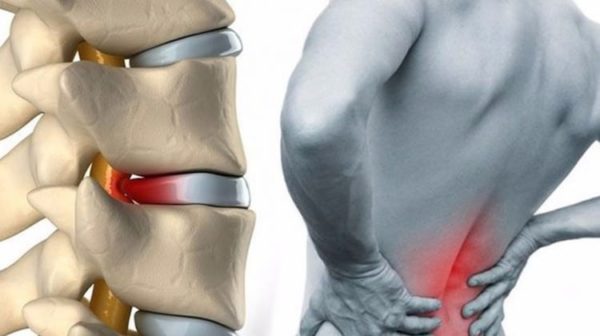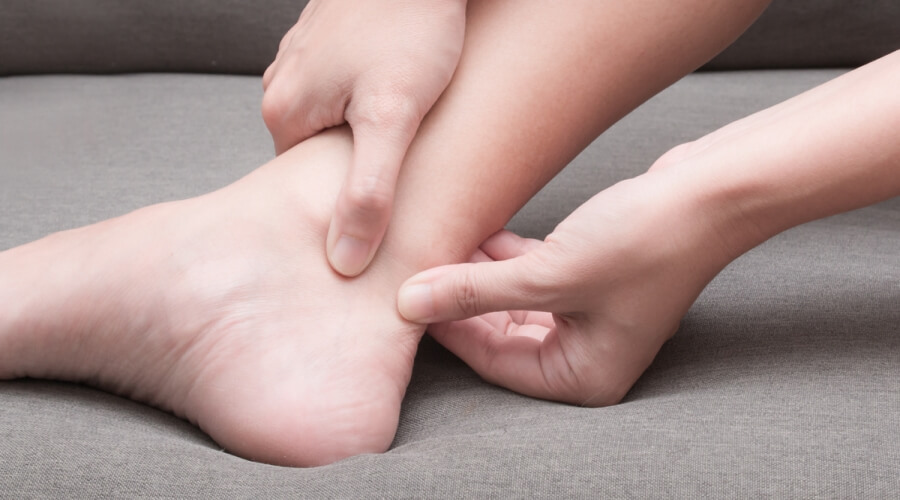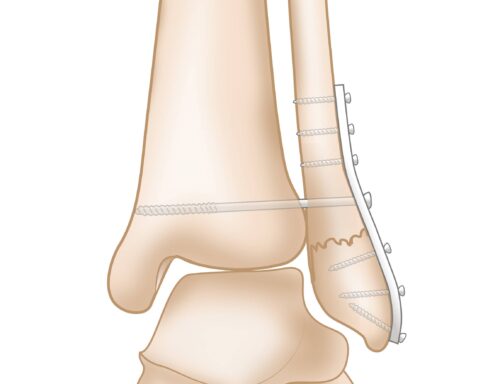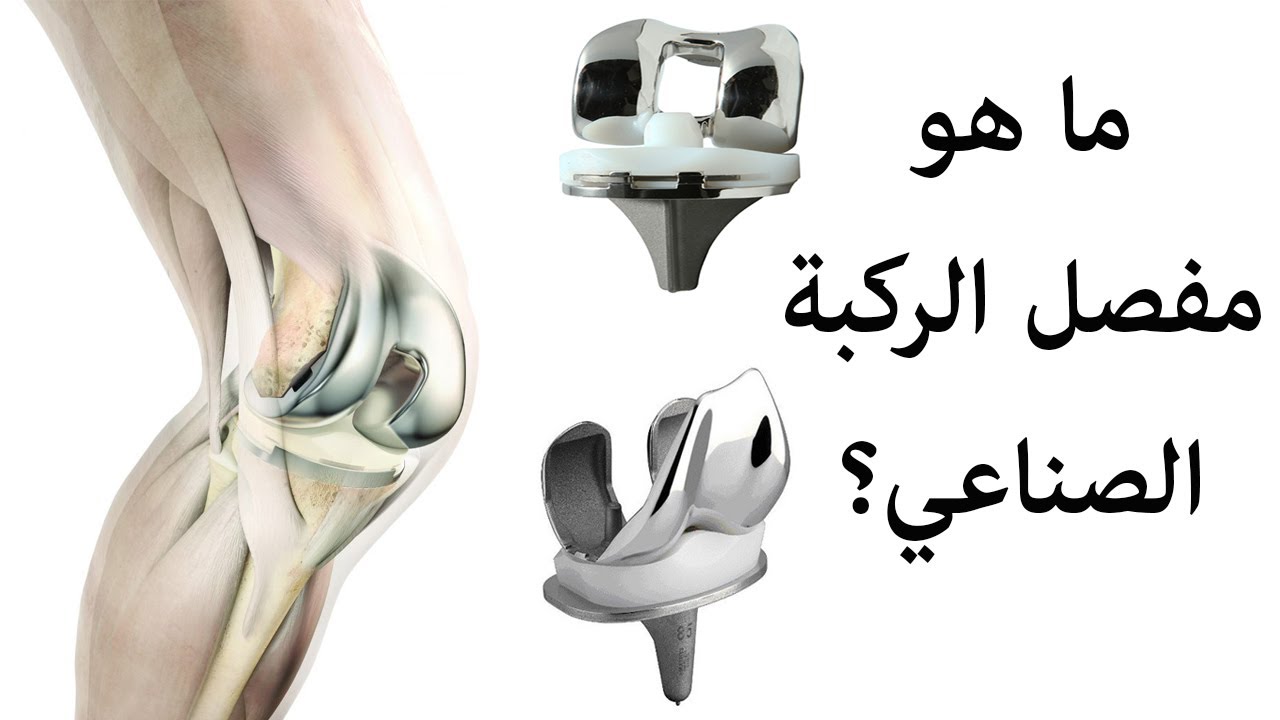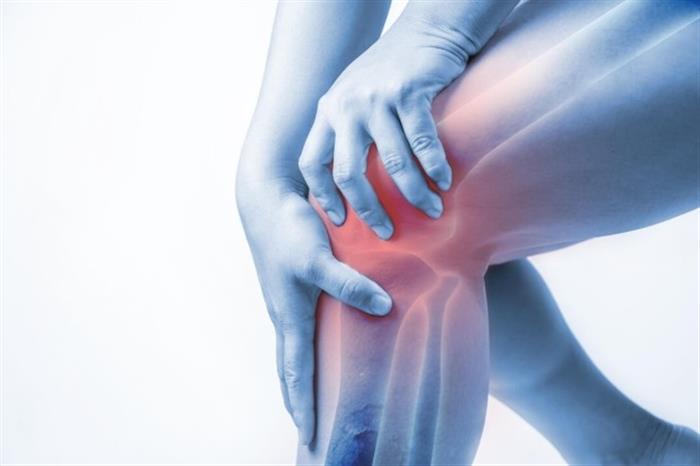What is the difference between gout and Plantar fasciitis?
Have you ever asked yourself how to differentiate between gout and plantar fasciitis? Things may get mixed up for many individuals to a large extent, in the following article we will learn important information regarding each of them, so let us read the following.
Difference between gout and plantar fasciitis
Many people confuse gout with Plantar fasciitis because each affects the foot but in its own way, and here are the most important differences between each so that you can distinguish between them:
The definition
- Gout: It is one of the types of arthritis that causes severe pain to individuals, and it occurs as a result of the accumulation of large amounts of uric acid in the form of crystals in the toe or any other joint, causing swelling accompanied by a feeling of pain.
- Plantar fasciitis: It appears in the foot in the form of a bump in the lower part of the heel of the foot, and includes the bump below the heel to the arch of the foot.
Symptoms
- Gout: Symptoms of gout appear in the form of attacks on a person from time to time, and there may be a big difference between each attack and the next, but when this happens, the pain is very severe, and its symptoms include the following:
- A sensation of severe pain.
- Swelling is noted at the site of the injury.
- Severe infections are accompanied by redness in the surrounding skin area.
- A feeling of discomfort in the joint even after the pain attack has ended.
- With the symptoms getting worse, the individual has great difficulty moving the joint normally.
- Plantar fasciitis: Plantar fasciitis is most likely not accompanied by any symptoms, but its presence may be inferred through x-rays, but if its symptoms begin to appear, they are as follows:
- The pain is severe in the morning periods in particular, and the individual is unable to stand without feeling it.
- One is accompanied throughout the day by pain in the heel area.
- Severe swelling and inflammation of the heel.
- A sensation of intense heat emission from the heel.
- A lump under the heel of the foot.
The reasons
- Gout: It is the result of a large accumulation of uric acid in the blood as a result of the individual eating foods containing purine, which the body breaks down to form uric acids, such as red meat and some types of fish, and here are some of the other reasons.
- Having problems with the heart muscle.
- Eat more foods that contain purine or are sweetened with fructose.
- Excessive weight gain.
- Suffering from high blood pressure.
- Diabetes.
- Metabolic syndrome.
- A defect in kidney function.
- Some medicines, such as diuretics
- Menopause in women.
- Plantar fasciitis: Most likely, this happens to the individual as a result of the large consumption of muscles throughout life, but the matter develops over time and becomes dangerous in many cases, and here are some reasons for this happening.
- Performing exercises on very hard surfaces.
- Having a foot injury.
- age.
- Plantar fasciitis is more common in women.
- Excessive weight gain.
- Reiter’s syndrome.
- Ankylosing spondylitis.
Treatment
- Gout: Treatment methods differ from one case to another and according to the severity and development of symptoms, as some medications relieve the pain associated with gout attacks, and others work to reduce the level of uric acid in the blood. Here is an overview of each of them:
- Anti-inflammatory.
- colchicine
- cortisone.
- Allopurinol.
- febuxostat.
- bigloticas.
- Probenecid.
- Planter fasciitis: Its treatment is basically to take a break from the need to follow a healthier lifestyle, and among the treatment methods that are resorted to:
- Make cold compresses.
- Cortisone injection.
- Some over-the-counter pain relievers such as Paracetamol and Ibuprofen.
- Follow the physical therapy method and do stretching exercises.
- In the event that symptoms reach their final stages, prompt surgical intervention may be required.
Causes of Plantar fasciitis
There is no clear known reason about things that may lead to plantar fasciitis, but it has been inferred that it may be a result of excessive footwear, and this may be done in many ways, including:
- Exercising on very hard grounds.
- Do leg bindings or heel stretches when doing some exercises.
- Doing exercises that require an exaggerated extension of the soles of the foot.
- Not wearing suitable and comfortable footwear, especially when exercising.
- Suffering from excessive obesity that causes severe pressure on the heel of the foot.
What is plantar fasciitis?
Plantar fasciitis is defined as deposits of calcium in large quantities on the bones, especially in the areas where the joints meet. This occurs primarily as a result of long-term wear and tear of cartilage, and this causes the human body to automatically resort to the formation of plantar fasciitis to compensate for damaged cartilage.
Mostly, when people get thorns, this is not accompanied by any symptoms at first, and that is why their discovery of their infection may be delayed, and this shows the importance of early detection to prevent serious developments in the long term.
Does walking affect plantar fasciitis?
Walking long distances without taking any rest has a significant negative impact on Planter fasciitis, as the individual may not be able to feel any pain as long as they move but once they stand up they feel the pain immediately.
That is why, in the treatment of Planter fasciitis, resort to taking sufficient rest and not exposing the heel of the foot to any exaggerated pressure, and if your work requires walking or standing for long periods, this should not be continuous, and the need to take a rest from time to time.
What does a Plantar fasciitis patient eat?
The plantar fasciitis patient must be very concerned about his health and eat foods that are suitable for his condition and at the same time do not lead to excessive weight gain, and for this reason, it is necessary to avoid foods that contain purine because it increases the level of uric acid in the blood, such as red meat, tuna, liver, poultry, and others.
Doctors also advise Plantar fasciitis patients to drink large amounts of water throughout the day, not less than 2 liters per day, and to take a sufficient amount regularly of fresh vegetables, fruits, and whole grains.
Is Plantar fasciitis dangerous?
Doctors advise Planter fasciitis patients to take sufficient rest for a while, with the need to avoid any activities that may cause great pressure on the foot, plantar fasciitis can most likely be dealt with by the therapeutic methods recommended by the doctor to the patient according to his condition.
However, plantar fasciitis is dangerous if appropriate treatment is ignored, because the severity of the infection may lead over time to cutting the membrane lining the foot and injuring the individual with flatfoot, which is a flat foot condition, and in this case, the pain is continuous and accompanies the individual all the time, but doctors have unanimously agreed that this rarely happens.


